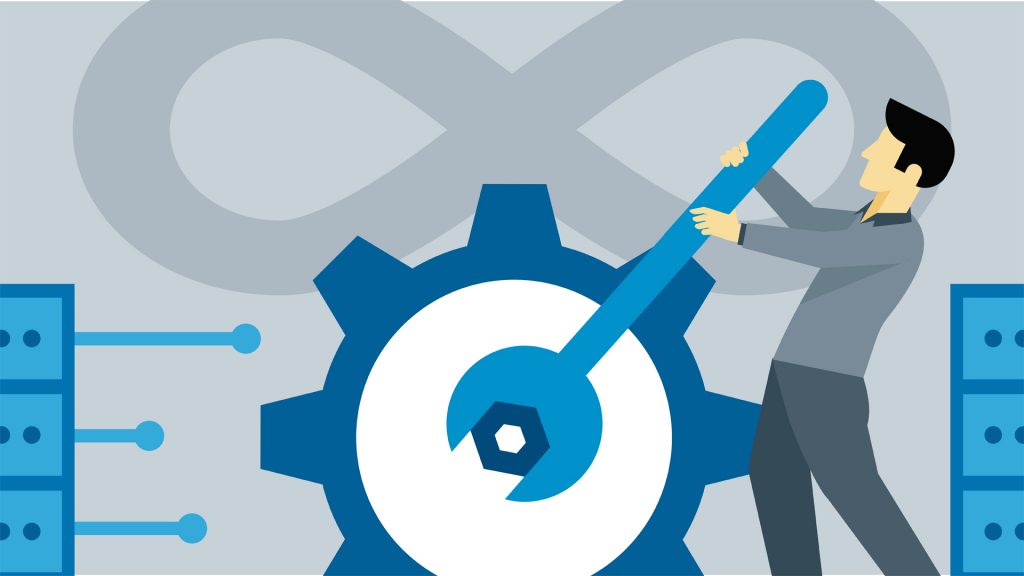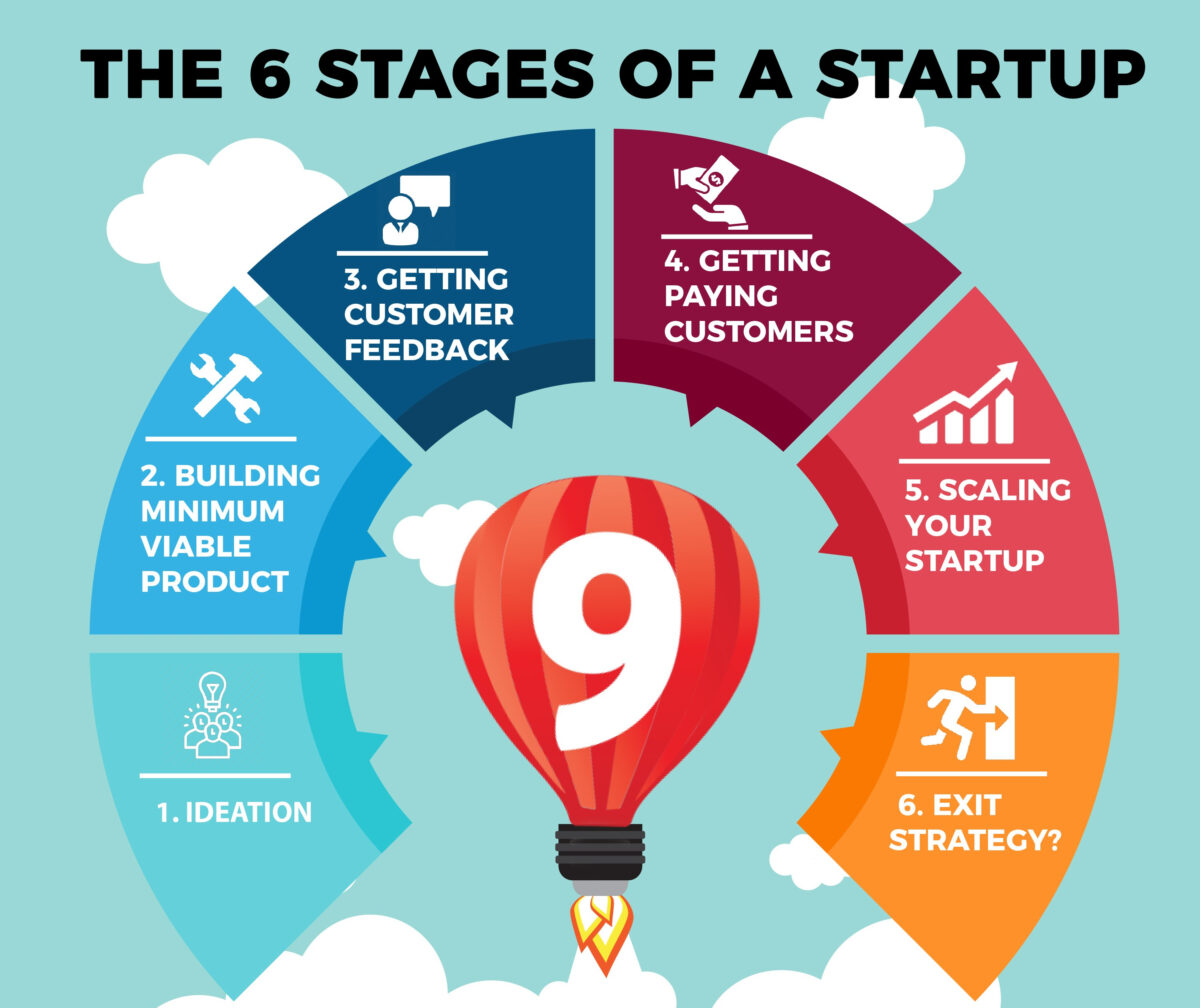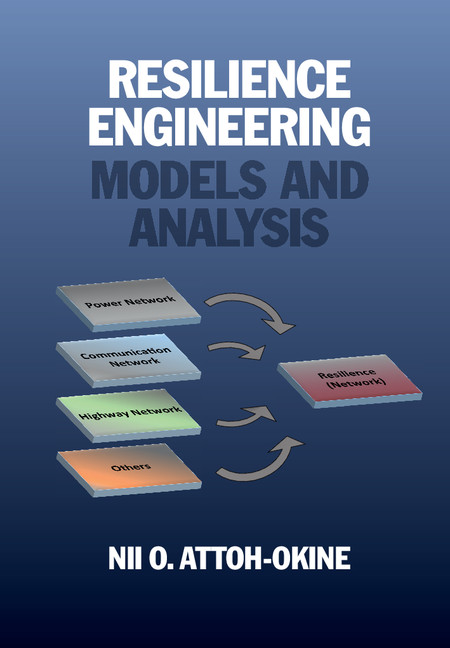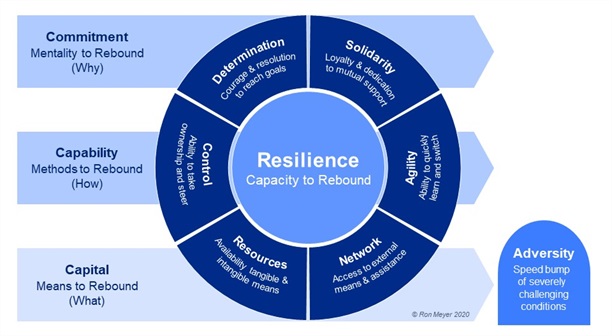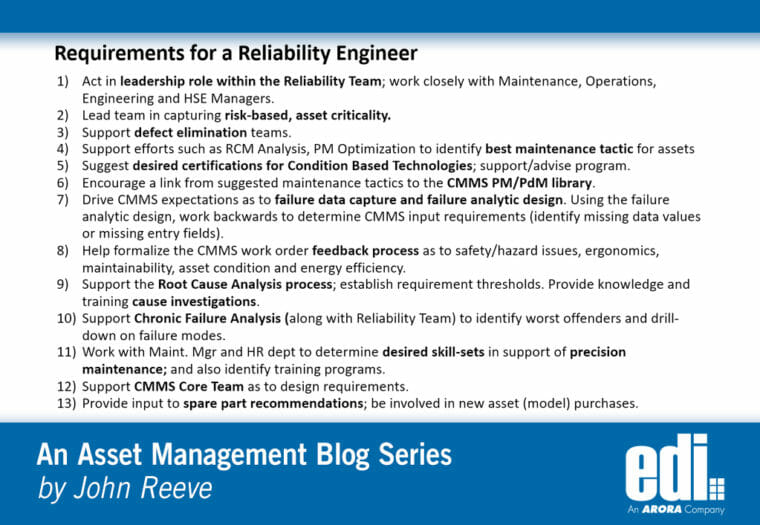Why Reliability Engineering is Crucial for SaaS Success
Reliability engineering is a critical component of any successful SaaS startup. The consequences of downtime, data loss, and security breaches can be devastating, leading to a loss of customer trust and revenue. In fact, a study by IT Brand Pulse found that the average cost of downtime for a SaaS company is around $5,600 per minute. This highlights the importance of implementing innovative reliability engineering strategies to mitigate these risks.
A reliable SaaS platform is essential for building customer trust and loyalty. When customers experience frequent outages or errors, they are more likely to switch to a competitor. On the other hand, a reliable platform can lead to increased customer satisfaction, retention, and ultimately, revenue growth. By prioritizing reliability engineering, SaaS startups can ensure that their platform is always available and performing optimally, even in the face of unexpected disruptions.
Innovative reliability engineering strategies can help SaaS startups stay ahead of the competition. For example, implementing a DevOps approach can help reduce downtime and improve deployment frequency. Additionally, using machine learning and artificial intelligence can help identify potential issues before they occur, allowing for proactive maintenance and minimizing the risk of outages.
Furthermore, reliability engineering can also help SaaS startups improve their security posture. By implementing robust security measures, such as encryption and access controls, SaaS startups can protect their customers’ data and prevent security breaches. This is particularly important in today’s digital landscape, where cybersecurity threats are becoming increasingly sophisticated.
In conclusion, reliability engineering is a critical component of any successful SaaS startup. By prioritizing reliability and implementing innovative strategies, SaaS startups can build customer trust, improve revenue growth, and stay ahead of the competition. As the SaaS industry continues to evolve, it’s essential for startups to prioritize reliability engineering to ensure long-term success.
How to Build a Culture of Reliability in Your SaaS Startup
Building a culture of reliability is crucial for SaaS startups to ensure the success of their reliability engineering strategies. A culture of reliability is one that prioritizes the availability, performance, and security of the platform, and encourages collaboration and communication between teams. To foster a culture of reliability, SaaS startups should focus on training, communication, and collaboration between development, operations, and quality assurance teams.
Training is essential to ensure that all teams have the necessary skills and knowledge to implement reliability engineering strategies. This includes providing training on reliability engineering principles, tools, and techniques, as well as onboarding new team members to ensure they understand the company’s reliability culture. SaaS startups should also establish a mentorship program, where experienced team members can guide and support newer team members.
Communication is also critical to building a culture of reliability. SaaS startups should establish open and transparent communication channels between teams, to ensure that everyone is aware of the company’s reliability goals and objectives. This includes regular meetings, status updates, and feedback sessions. By encouraging open communication, SaaS startups can identify and address potential reliability issues before they become major problems.
Collaboration between teams is also essential to building a culture of reliability. SaaS startups should encourage collaboration between development, operations, and quality assurance teams, to ensure that everyone is working together to achieve the company’s reliability goals. This includes establishing cross-functional teams, to work on specific reliability projects, and encouraging team members to share their expertise and knowledge.
In addition, SaaS startups should also establish a reliability engineering team, to oversee the implementation of reliability engineering strategies. This team should be responsible for developing and implementing reliability engineering plans, monitoring and analyzing reliability metrics, and identifying areas for improvement. By establishing a dedicated reliability engineering team, SaaS startups can ensure that reliability is a top priority, and that the company is always working to improve the availability, performance, and security of the platform.
By focusing on training, communication, and collaboration, SaaS startups can build a culture of reliability that supports the success of their reliability engineering strategies. By prioritizing reliability, SaaS startups can ensure the long-term success of their business, and establish themselves as leaders in the industry.
Leveraging Automation and AI for Enhanced Reliability
Automation and artificial intelligence (AI) are revolutionizing the field of reliability engineering, enabling SaaS startups to improve reliability and reduce downtime. By leveraging automation and AI, SaaS startups can streamline their reliability engineering processes, identify potential issues before they occur, and optimize their systems for maximum uptime.
One of the key benefits of automation in reliability engineering is the ability to automate repetitive tasks, freeing up resources for more strategic and high-value activities. For example, automation can be used to monitor system performance, detect anomalies, and trigger alerts when issues arise. This enables SaaS startups to respond quickly to potential issues, reducing the risk of downtime and improving overall reliability.
AI is also playing a critical role in reliability engineering, enabling SaaS startups to analyze complex data sets and identify patterns that may indicate potential issues. For example, AI-powered monitoring tools can analyze system logs, network traffic, and other data sources to identify potential issues before they occur. This enables SaaS startups to take proactive measures to prevent downtime and improve overall reliability.
Continuous integration and delivery (CI/CD) is another key area where automation and AI are making a significant impact. By automating the build, test, and deployment process, SaaS startups can ensure that their systems are always up-to-date and running smoothly. AI-powered CI/CD tools can also analyze code changes and identify potential issues before they are deployed, reducing the risk of downtime and improving overall reliability.
Incident response is another area where automation and AI are improving reliability. By automating incident response processes, SaaS startups can respond quickly and effectively to issues, reducing the risk of downtime and improving overall reliability. AI-powered incident response tools can also analyze incident data and identify patterns, enabling SaaS startups to improve their incident response processes over time.
Netflix, for example, has implemented a robust automation and AI-powered reliability engineering strategy, which has enabled the company to improve its uptime and reduce downtime. Netflix’s approach includes automated monitoring, incident response, and CI/CD, all of which are powered by AI and machine learning algorithms.
By leveraging automation and AI, SaaS startups can improve their reliability engineering processes, reduce downtime, and improve overall system uptime. As the SaaS industry continues to evolve, it’s essential for startups to stay ahead of the curve and adopt innovative reliability engineering strategies that leverage automation and AI.
Implementing Chaos Engineering for Resilience
Chaos engineering is a discipline that involves intentionally introducing failures into a system to test its resilience and identify potential reliability issues. By implementing chaos engineering, SaaS startups can improve their system’s ability to withstand unexpected disruptions and reduce the risk of downtime.
The concept of chaos engineering was first introduced by Netflix, which developed a tool called Chaos Monkey to test the resilience of its systems. Chaos Monkey works by randomly shutting down instances of Netflix’s services, simulating the types of failures that can occur in a real-world environment. By testing their systems in this way, Netflix was able to identify and fix potential reliability issues before they became major problems.
To implement chaos engineering, SaaS startups can follow a few key steps. First, they should identify the types of failures that could potentially occur in their system, such as network outages or database crashes. Next, they should design experiments to simulate these failures, using tools like Chaos Monkey or other chaos engineering software. Finally, they should analyze the results of these experiments to identify areas for improvement and optimize their system’s resilience.
One of the key benefits of chaos engineering is that it allows SaaS startups to test their systems in a controlled environment, reducing the risk of downtime and improving overall reliability. By identifying and fixing potential reliability issues before they become major problems, SaaS startups can improve their system’s resilience and reduce the risk of downtime.
Another benefit of chaos engineering is that it can help SaaS startups improve their incident response processes. By simulating failures and testing their response to them, SaaS startups can identify
Implementing Chaos Engineering for Resilience
Chaos engineering is a discipline that involves intentionally introducing failures into a system to test its resilience and identify potential reliability issues. By implementing chaos engineering, SaaS startups can improve their system’s ability to withstand unexpected disruptions and reduce the risk of downtime.
The concept of chaos engineering was first introduced by Netflix, which developed a tool called Chaos Monkey to test the resilience of its systems. Chaos Monkey works by randomly shutting down instances of Netflix’s services, simulating the types of failures that can occur in a real-world environment. By testing their systems in this way, Netflix was able to identify and fix potential reliability issues before they became major problems.
To implement chaos engineering, SaaS startups can follow a few key steps. First, they should identify the types of failures that could potentially occur in their system, such as network outages or database crashes. Next, they should design experiments to simulate these failures, using tools like Chaos Monkey or other chaos engineering software. Finally, they should analyze the results of these experiments to identify areas for improvement and optimize their system’s resilience.
One of the key benefits of chaos engineering is that it allows SaaS startups to test their systems in a controlled environment, reducing the risk of downtime and improving overall reliability. By identifying and fixing potential reliability issues before they become major problems, SaaS startups can improve their system’s resilience and reduce the risk of downtime.
Another benefit of chaos engineering is that it can help SaaS startups improve their incident response processes. By simulating failures and testing their response to them, SaaS startups can identify
Implementing Chaos Engineering for Resilience
Chaos engineering is a discipline that involves intentionally introducing failures into a system to test its resilience and identify potential reliability issues. By implementing chaos engineering, SaaS startups can improve their system’s ability to withstand unexpected disruptions and reduce the risk of downtime.
The concept of chaos engineering was first introduced by Netflix, which developed a tool called Chaos Monkey to test the resilience of its systems. Chaos Monkey works by randomly shutting down instances of Netflix’s services, simulating the types of failures that can occur in a real-world environment. By testing their systems in this way, Netflix was able to identify and fix potential reliability issues before they became major problems.
To implement chaos engineering, SaaS startups can follow a few key steps. First, they should identify the types of failures that could potentially occur in their system, such as network outages or database crashes. Next, they should design experiments to simulate these failures, using tools like Chaos Monkey or other chaos engineering software. Finally, they should analyze the results of these experiments to identify areas for improvement and optimize their system’s resilience.
One of the key benefits of chaos engineering is that it allows SaaS startups to test their systems in a controlled environment, reducing the risk of downtime and improving overall reliability. By identifying and fixing potential reliability issues before they become major problems, SaaS startups can improve their system’s resilience and reduce the risk of downtime.
Another benefit of chaos engineering is that it can help SaaS startups improve their incident response processes. By simulating failures and testing their response to them, SaaS startups can identify
Implementing Chaos Engineering for Resilience
Chaos engineering is a discipline that involves intentionally introducing failures into a system to test its resilience and identify potential reliability issues. By implementing chaos engineering, SaaS startups can improve their system’s ability to withstand unexpected disruptions and reduce the risk of downtime.
The concept of chaos engineering was first introduced by Netflix, which developed a tool called Chaos Monkey to test the resilience of its systems. Chaos Monkey works by randomly shutting down instances of Netflix’s services, simulating the types of failures that can occur in a real-world environment. By testing their systems in this way, Netflix was able to identify and fix potential reliability issues before they became major problems.
To implement chaos engineering, SaaS startups can follow a few key steps. First, they should identify the types of failures that could potentially occur in their system, such as network outages or database crashes. Next, they should design experiments to simulate these failures, using tools like Chaos Monkey or other chaos engineering software. Finally, they should analyze the results of these experiments to identify areas for improvement and optimize their system’s resilience.
One of the key benefits of chaos engineering is that it allows SaaS startups to test their systems in a controlled environment, reducing the risk of downtime and improving overall reliability. By identifying and fixing potential reliability issues before they become major problems, SaaS startups can improve their system’s resilience and reduce the risk of downtime.
Another benefit of chaos engineering is that it can help SaaS startups improve their incident response processes. By simulating failures and testing their response to them, SaaS startups can identify
Implementing Chaos Engineering for Resilience
Chaos engineering is a discipline that involves intentionally introducing failures into a system to test its resilience and identify potential reliability issues. By implementing chaos engineering, SaaS startups can improve their system’s ability to withstand unexpected disruptions and reduce the risk of downtime.
The concept of chaos engineering was first introduced by Netflix, which developed a tool called Chaos Monkey to test the resilience of its systems. Chaos Monkey works by randomly shutting down instances of Netflix’s services, simulating the types of failures that can occur in a real-world environment. By testing their systems in this way, Netflix was able to identify and fix potential reliability issues before they became major problems.
To implement chaos engineering, SaaS startups can follow a few key steps. First, they should identify the types of failures that could potentially occur in their system, such as network outages or database crashes. Next, they should design experiments to simulate these failures, using tools like Chaos Monkey or other chaos engineering software. Finally, they should analyze the results of these experiments to identify areas for improvement and optimize their system’s resilience.
One of the key benefits of chaos engineering is that it allows SaaS startups to test their systems in a controlled environment, reducing the risk of downtime and improving overall reliability. By identifying and fixing potential reliability issues before they become major problems, SaaS startups can improve their system’s resilience and reduce the risk of downtime.
Another benefit of chaos engineering is that it can help SaaS startups improve their incident response processes. By simulating failures and testing their response to them, SaaS startups can identify

